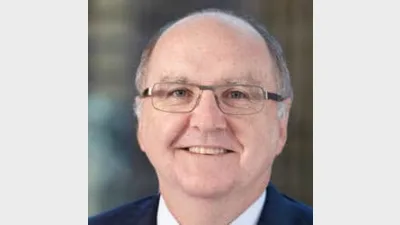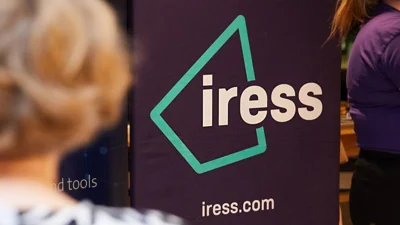ASIC research shows SMSF costs lower



The Australian Securities and Investments Commission (ASIC) may need to revise the $200,000 figure it placed on the success of self-managed super fund (SMSF) starters after conducting research on current costs.
ASIC Commissioner Greg Tanzer said competition had created cheaper SMSF products and services, and indications from its research showed the cost of running an SMSF had decreased below the figure it published five years ago.
"We're refreshing this research at the moment because we see this as a key area, and we're going to be looking hard at advice given to people to move into an SMSF… and interestingly some of the research is suggesting that maybe that figure is a little bit lower these days," he said.
ASIC's current surveillance of financial planners and the advice given to people about SMSFs includes standard tick-boxes such as fact finders and the suitability of asset allocation to a member's aspirations, according to Tanzer.
"We're also trying to look at the quality and nature of advice that's given and how that matches up with the investors' instructions, the aspirations or the appetite that investors have put forward," he said.
Geoff Peck, managing director - individual customers, Russell Investments said focusing on an SMSF starter's level of assets "missed the point".
"Technology will drive the break-even cost down to negligible.
"Once you've got bottom-line administration and e-trade and various other things, if you cobble that together you can quite reasonably think you could break even on these things," he said.
Peck said super funds' advantage lay in pooling compliance issues. He said the real worry about SMSFs was the lack of protection for disengaged members - spouses and "other" members.
Recommended for you
The winners have been announced for the 2025 Super Fund of the Year Awards, held in Melbourne on 26 November by Money Management's sister brand Super Review.
Data and technology provider Novigi has acquired Iress’ superannuation consulting and managed services business from Apex Group.
AMP is to launch a digital advice service to provide retirement advice to members of its AMP Super Fund, in partnership with Bravura Solutions.
Unveiling its performance for the calendar year 2024, AMP has noted a “careful” investment in bitcoin futures proved beneficial for its superannuation members.









